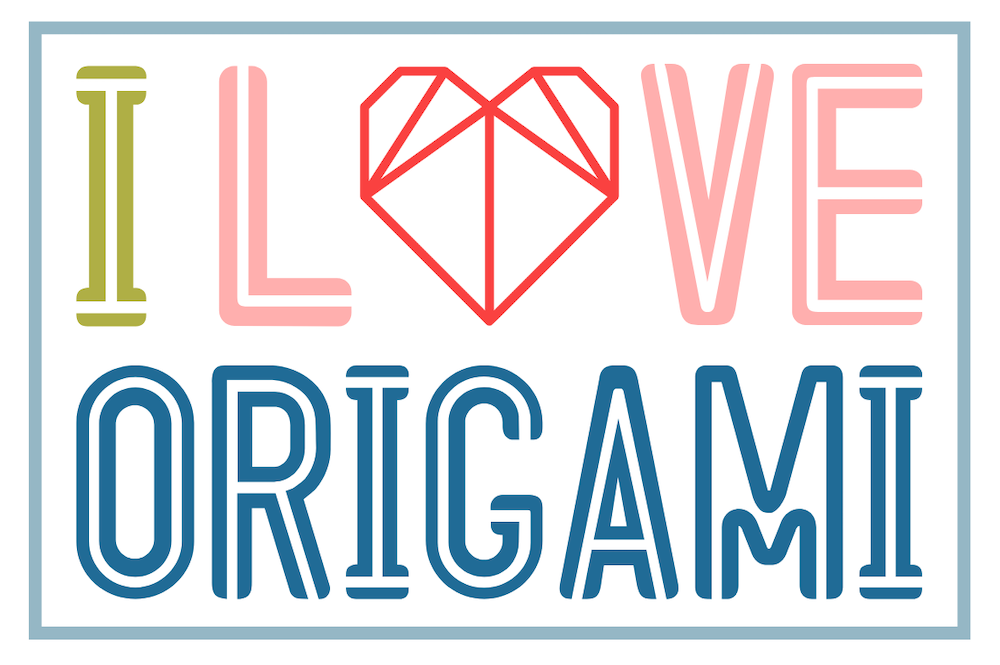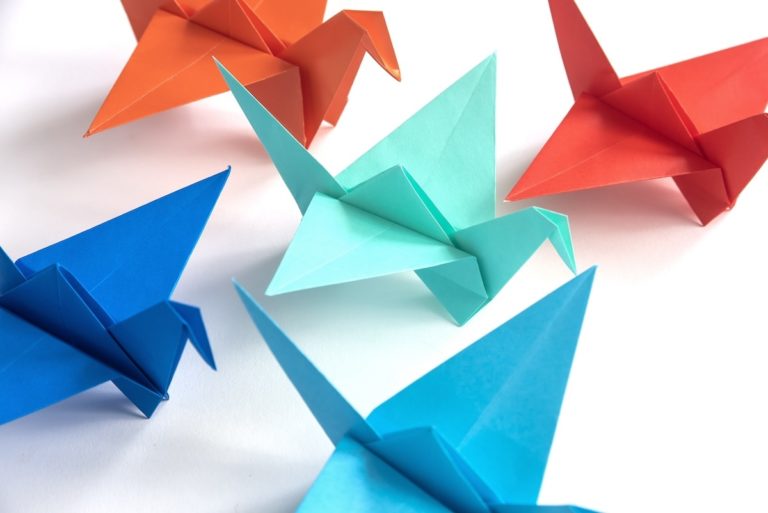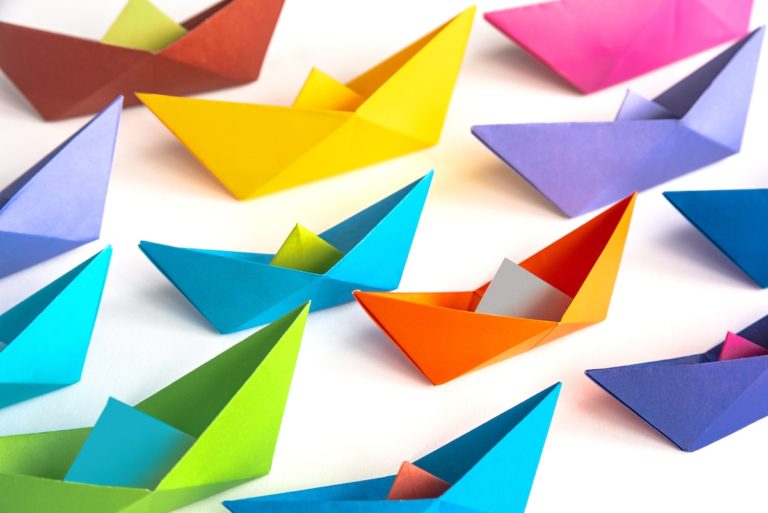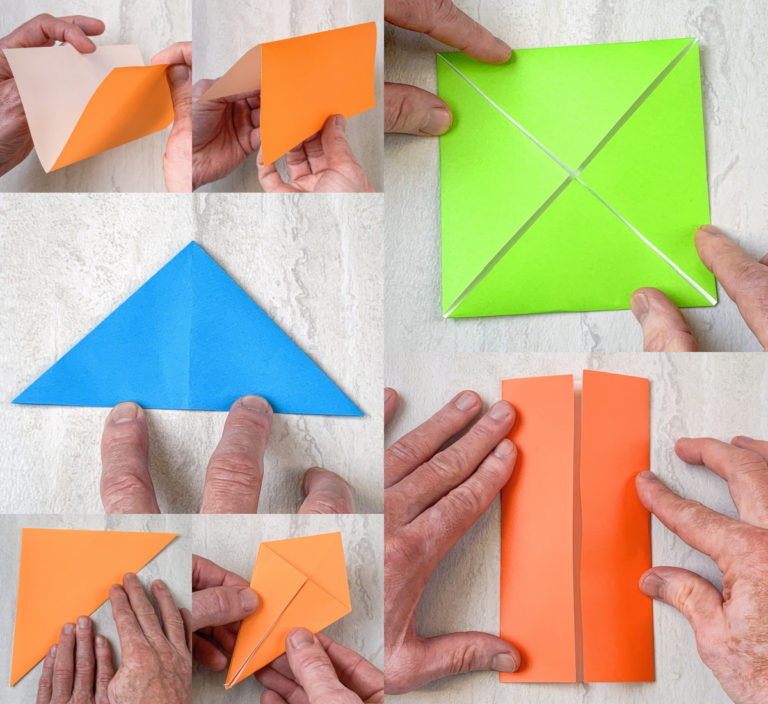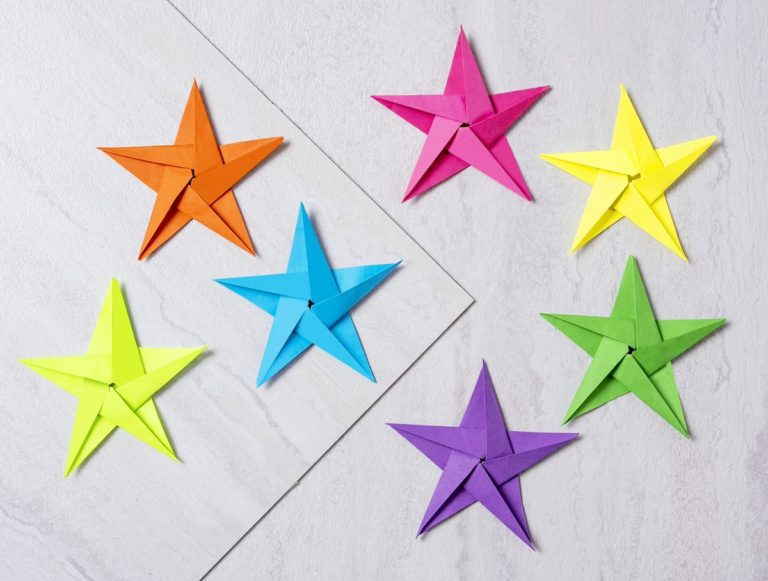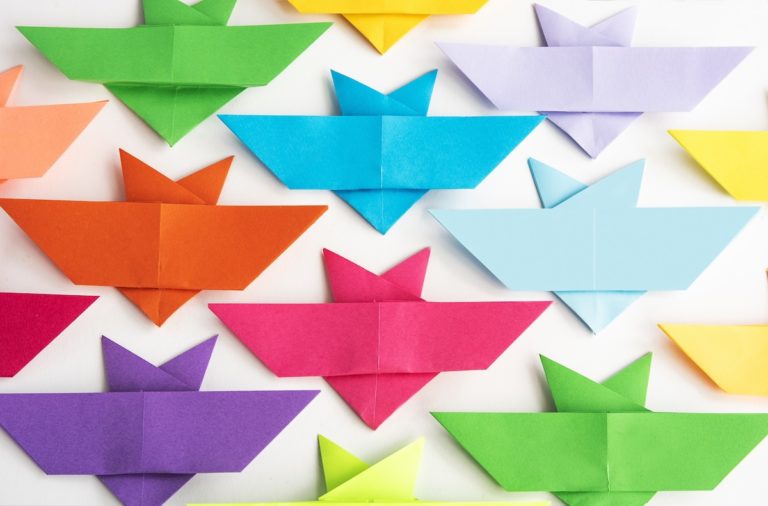What is Origami? The Ultimate Guide!
Explore the magic of origami, from its rich history to basic folds, and start your paper folding journey with this engaging guide.

Have you ever wondered how a simple piece of paper can be transformed into something as intricate as a crane, a dragon, or even a miniature garden? That’s the magic of origami, the ancient Japanese art of folding paper to create two- and three-dimensional designs.
Despite its ancient roots, this art form remains popular today, with exhibits available worldwide for enthusiasts to explore.
The simplicity of this art allows crafters to transform a single sheet of paper into original art. So, if you’re wondering, “What is origami, and how can I learn it?”, keep on reading!
History of Origami
Before you become a pro yourself, let’s take a quick history lesson to learn more about the fascinating beginnings of this art form. The word “origami” stems from two Japanese words: ori, meaning folded, and kami, meaning paper. So, it’s no surprise to learn that this craft began in ancient Japan.
Origami’s history was first documented in the 15th century, but many historians believe its roots trace back even further. During that time, high-ranking aristocrats in Japan created origami, folding money, poetry, and paper fans in unique ways.

Paper cutting was often used in traditional Japanese origami, but modern innovations in technique have made the use of cuts unnecessary.
Over time, origami gained popularity worldwide, introducing the art form to kids and adults alike across the globe.
In Germany, Friedrich Froebel — best known for being the educator who created kindergarten — incorporated origami into schools. Today, three Froebelian folds are still used worldwide.
In Spain, Miguel de Unamuno showcased his skills as a paper folder in cafes across the country in the early 20th century. Origami took root in the United States later on, with Lillian Oppenheimer opening New York’s Origami Center of America in 1958.
Want to learn more? Check out these interesting facts:
- Akira Yoshizawa, known as the grand master of origami today, is credited with creating 50,000 different origami models.
- There are dozens of associations worldwide, from right here in the U.S. to across the globe in Australia.
- Legend says that people who fold 1,000 paper cranes will be granted a wish. Ready to get started and make your dreams come true?

The Art of Folding Paper
Simply put, origami is the art of folding paper to create different shapes. As a novice, I recommend getting started with the traditional method. This involves using a single piece of paper and mastering basic folds.
In this style, you don’t use scissors or glue – instead, you rely on some proven folding techniques to create a design you love. In fact, tuck those craft supplies away before you take on your first project because the “no cut, no glue” rule is a serious one!
To start a project, you’ll want to invest in the right paper. I suggest picking up a pack of origami paper rather than using paper you may already have on hand.
Why, you may ask? This paper is thinner and more durable, so it’s going to simplify your first project. Here are a few options when it comes to supplies:
- Standard origami paper, or “kami,” is a thin, square sheet of paper available in various colors and sizes.
- Tant paper is durable and available in bold colors. It’s a great option if you want to display your origami creations because the paper really stands out!
- Dual-color paper features a different color on each side, allowing you to create a multi-colored creation.
- Washi paper is a natural paper that has a fabric-like texture, lending a bit of intrigue to your finished creations.
Selecting the right paper is your first step toward crafting beauty. It can turn a simple fold into a masterpiece.

Basic Folds for Beginners
You know the history, and you’ve got your origami paper to get started. Now, it’s time to focus on learning some introductory techniques to create your first design. First, you’ll want to master some fundamental folds, which serve as the foundation for a variety of designs.
- In a mountain fold, the crease bends the paper down, with the paper resembling a mountain.
- A valley fold, on the other hand, has the crease at the bottom, bending the paper up and looking like a valley.
As you grow, origami becomes a meditative practice, a way to express creativity and patience. Once you have these two down, move on to other basic folds, including the squash fold and the petal fold.
Another important origami concept for beginners is understanding the difference between symmetrical and asymmetrical folds. As the name implies, in symmetrical folding, both sides of the fold are the same, mirroring each other.
Asymmetrical folding, on the other hand, features sides that are not the same. However, despite their differences, these asymmetrical folds work together to create the desired design.
Advanced Origami Techniques
Once you’ve figured out the origami basics, you’ll be ready to dive into some more complex designs. While some more advanced origami designs are rooted in the basic folds you’ve already learned, you’ll notice that they have more steps to complete the project. So, patience is key!
Some more advanced folds that build your skills include the rabbit’s ear fold, which collapses the paper to make a new flap on the front, and the open sink fold, which collapses the tip into the paper. Complex origami models require using various folds in a multi-step process that can take up to an hour or more to complete.

For inspiration, look to renowned origami artists, including John Blackman, who focuses on creating origami flower and plant designs. Brian Chan, another famous artist, has an eclectic collection of designs ranging from insects and animals to human figures.
Japanese artist Tomoko Fuse focuses on modular origami, creating boxes, containers, and other geometric shapes.
Discover Modern Paper Folding
Origami is more than just an art – it’s a continuous journey of discovery and innovation. The community is vibrant and supportive, with associations worldwide fostering a space for creators to share, learn, and inspire.
I encourage you to start your journey today. Share your creations, experiences, and the stories behind each fold. Let’s keep the legacy of origami alive, one fold at a time. If you’re looking for inspiration or resources, here are some to get you started:
